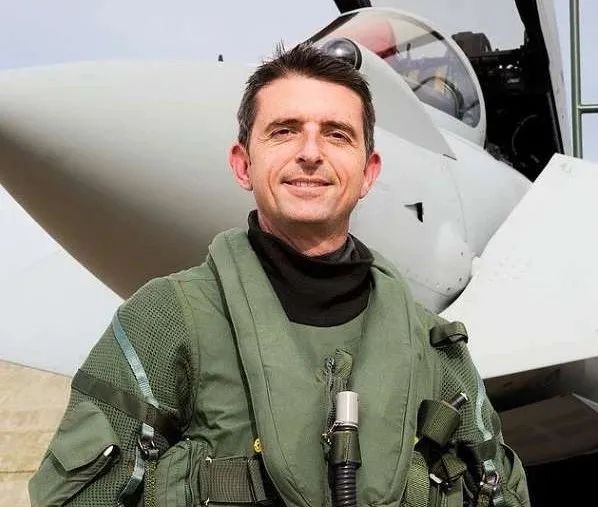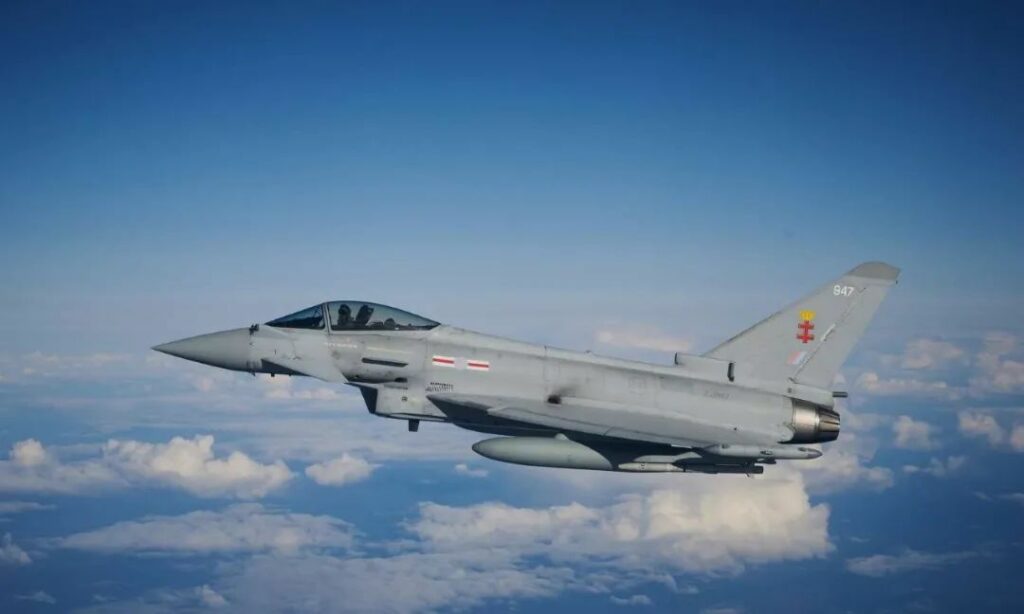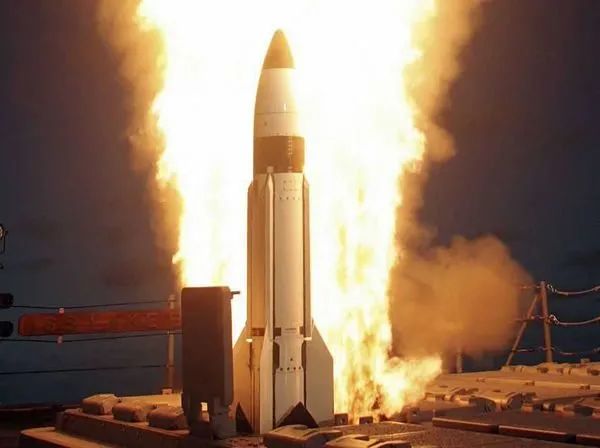According to a report by the Russian Sputnik News Agency on February 23, U.S. Secretary of State Blinken called on China and Russia not to conduct anti-satellite weapons tests at the disarmament conference held in Geneva.
On February 21, the British Daily Mail reported that Paul Godfrey, the newly established head of the British space force, publicly told the media that he might deploy the Royal Air Force Typhoon fighter to the “space edge” in order to have the near future to destroy Russian and Chinese military in wartime. Satellite capacity.
According to the official website of the Permanent Mission of the United States in Geneva on February 22, Blinken raised criticism against China and Russia at the United Nations High-level Conference on Disarmament held in Geneva.
Blinken said that the United States will be clearly aware of the broader challenges posed by Russia and the existential threat posed to each other by the respective nuclear arsenals of the United States and Russia.
With regard to China, Blinken said that the United States will work with allies and partners to demand that China increase the transparency of its provocative and dangerous weapons development plan and continue its efforts to reduce the danger posed by China’s nuclear arsenal.
In his speech, Blinken specifically pointed out that the United States hopes to cooperate with all countries, including Russia and China, to develop standards and norms for responsible behavior in space.
Blinken also urged countries that are developing anti-satellite weapons to avoid dangerous tests on such weapons systems, and named Russia that contrary to Russia’s diplomatic and open position against the weaponization of space, Russia also conducted a ground anti-satellite test in December 2020. “We should reduce tensions in outer space, not escalate it,” Blinken said.
The day before Blinken’s “call” came after the British Daily Mail reported on February 21st local time that Paul Godfrey, the head of the newly established space force, said in an interview with the media that the new British space force may deploy the Royal Air Force to the “space edge”. Typhoon fighter jets in the near future with the ability to destroy Chinese and Russian satellites.
According to the report, RAF sources told the British Sunday Express that before the official flight training, the carefully selected team of air force pilots will conduct a series of simulation training, and the flight altitude will reach about 60,000 feet.
The ultimate goal of the training is to enable British Air Force pilots to launch anti-satellite missiles at Chinese and Russian military, intelligence and communication satellites when war conflicts break out, and then quickly return to lower altitudes.
The RAF source also said that it is “s foolish not to explore the capabilities required to reject satellites at all”.

Paul Godfrey, head of the newly formed British space force
The report also said that although Britain does not have its own anti-satellite missile, the United States has a standard-3 ASAT missile, which can be placed under the wings of the Royal Air Force Typhoon fighters.

In response to Blinken’s “blaming”, Russian media reported that the U.S. Space Command said in December last year that Russia had conducted a new missile test aimed at destroying the satellite.
The U.S. Space Command reported Russia’s anti-satellite missile test in April. At that time, Russian Foreign Ministry spokesman Zakharova said that Washington tried to justify its plan to deploy weapons in space in this way.
According to previous public reports, although the United States has been brazenly accusing China and Russia on this issue, the United States and its allies have been working to develop anti-satellite weapons.
In 1985, the United States launched the ASM-135 ASAT anti-satellite missile from F-15 fighters, shooting down its own scientific satellite Solwind P78-1.
In 2008, the United States also experimentally destroyed the failed military satellite USA-193 using the sea-based anti-missile standard-3 missile.
In April 2020, Bloomberg also reported that the U.S. space force planned to purchase 48 ground-based anti-satellite weapons systems by 2027, saying that these equipment will be used to interfere with communication satellites in Russia and other countries in the event of conflict.




